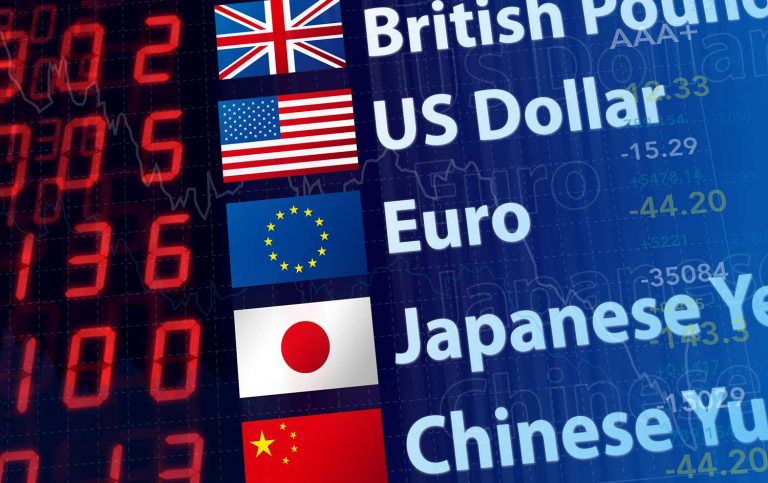
The global foreign exchange (FX) market is indeed a significant entity in the financial world, with a daily volume that dwarfs other markets. It is the largest financial market globally, with a staggering $6.6 trillion daily volume as of 2019, and it has only grown since then. This market is essential for a multitude of reasons, not least of which is its role in facilitating international trade and finance.
Understanding the FX Market
The FX market, also known as forex or currency market, is where currencies are traded. This trading is crucial because it determines the exchange rates for currencies around the world and allows for currency conversion for international trade settlements and investments. The market operates 24 hours a day, five days a week, with a network of banks, dealers, and traders engaging in transactions.
Register for Tekedia Mini-MBA edition 19 (Feb 9 – May 2, 2026): big discounts for early bird.
Tekedia AI in Business Masterclass opens registrations.
Join Tekedia Capital Syndicate and co-invest in great global startups.
Register for Tekedia AI Lab: From Technical Design to Deployment (next edition begins Jan 24 2026).
The FX market’s importance cannot be overstated. It serves as the backbone of international trade and investment by enabling businesses to convert one currency to another. This function is vital for global commerce, as it allows companies to purchase goods and services across borders and invest in foreign enterprises.
Moreover, the FX market contributes to economic stability by providing liquidity to other financial markets. Its continuous operation ensures that currency exchange rates are stable, which is crucial for businesses that deal with imports and exports. The market’s size and scope mean that it can absorb large trades without significantly impacting the exchange rate of a currency, thus maintaining market stability.
The participants in the FX market are diverse, ranging from central banks to retail investors. Central banks play a pivotal role by setting monetary policy and exchange rates for their respective currencies. Commercial banks, investment firms, hedge funds, and individual traders all contribute to the market’s liquidity and depth.
Here are some of the major currency pairs:
EUR/USD (Euro/US Dollar): Known as the ‘Fiber’, this pair is the most traded currency pair in the world, representing two of the largest economies: the European Union and the United States.
USD/JPY (US Dollar/Japanese Yen): This pair is often referred to as the ‘Gopher’ and is the second most traded pair, highlighting the economic powerhouses of the United States and Japan.
GBP/USD (British Pound/US Dollar): The ‘Cable’ is a historically significant pair that denotes the trading relationship between the United Kingdom and the United States.
AUD/USD (Australian Dollar/US Dollar): This pair, known as the ‘Aussie’, reflects the economic interactions between Australia and the United States, with Australia’s economy heavily influenced by commodity exports.
USD/CAD (US Dollar/Canadian Dollar): The ‘Loonie’ represents the trade between neighboring countries, the United States and Canada, with Canada being a major exporter of natural resources.
USD/CHF (US Dollar/Swiss Franc): Referred to as the ‘Swissie’, this pair indicates the relationship between the United States and Switzerland, a country known for its financial services.
Apart from these major pairs, there are also ‘cross-currency’ pairs that do not include the US dollar. These pairs offer traders exposure to different currency dynamics and can include combinations like the EUR/GBP (Euro/British Pound) or the EUR/JPY (Euro/Japanese Yen).
Role of Technology in the FX Market
Technology has transformed the FX market, making it more accessible to the average investor. Online trading platforms have democratized access to forex trading, allowing individuals to participate alongside large financial institutions. This technological advancement has increased market transparency and efficiency, benefiting all participants.
As the global economy continues to evolve, the FX market will remain an integral part. Its ability to adapt to changes in technology, regulation, and economic conditions will continue to make it a critical component of the world’s financial infrastructure.
The global FX market is more than just a big deal; it is a fundamental element of the modern economy. Its smooth functioning ensures that businesses can operate internationally, and economies can grow and integrate. As such, understanding the dynamics of the FX market is essential for anyone involved in financial activities or interested in the global economy.



